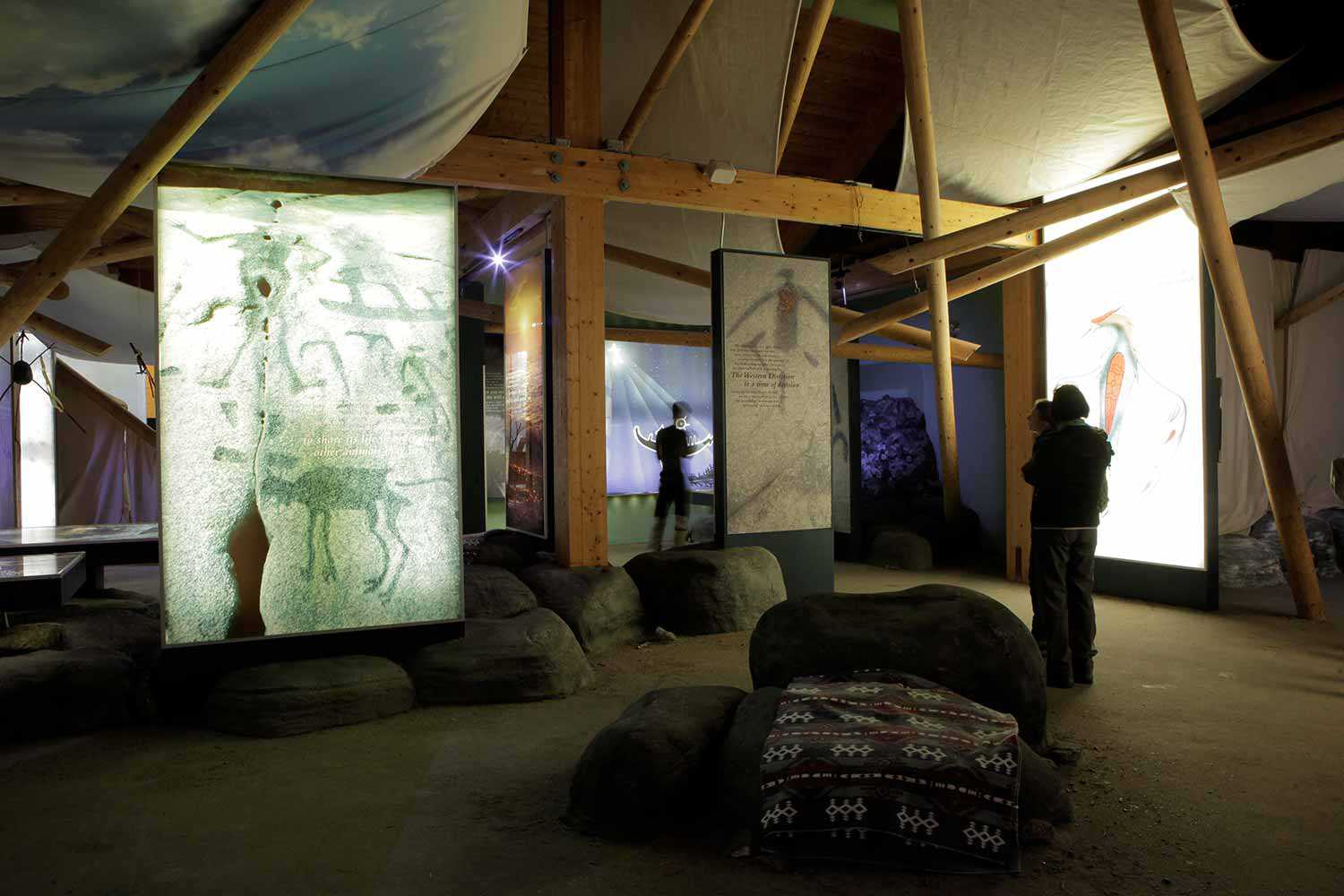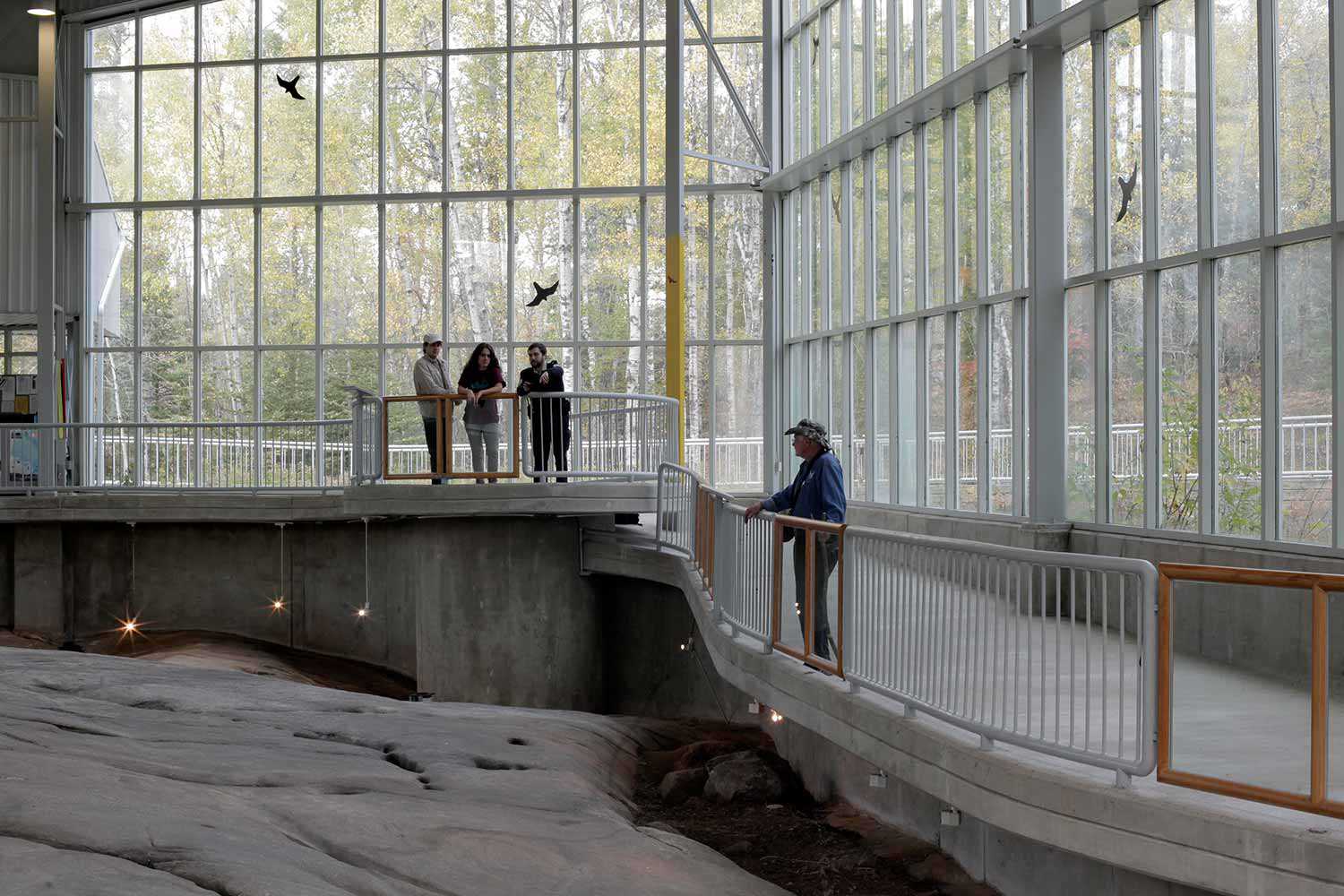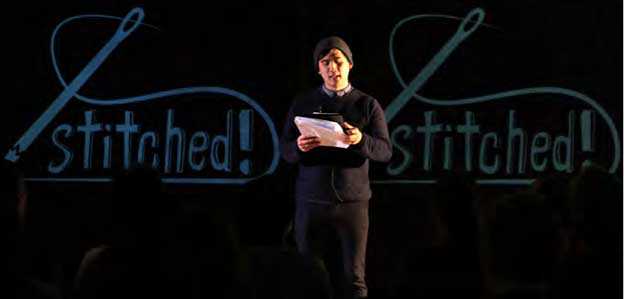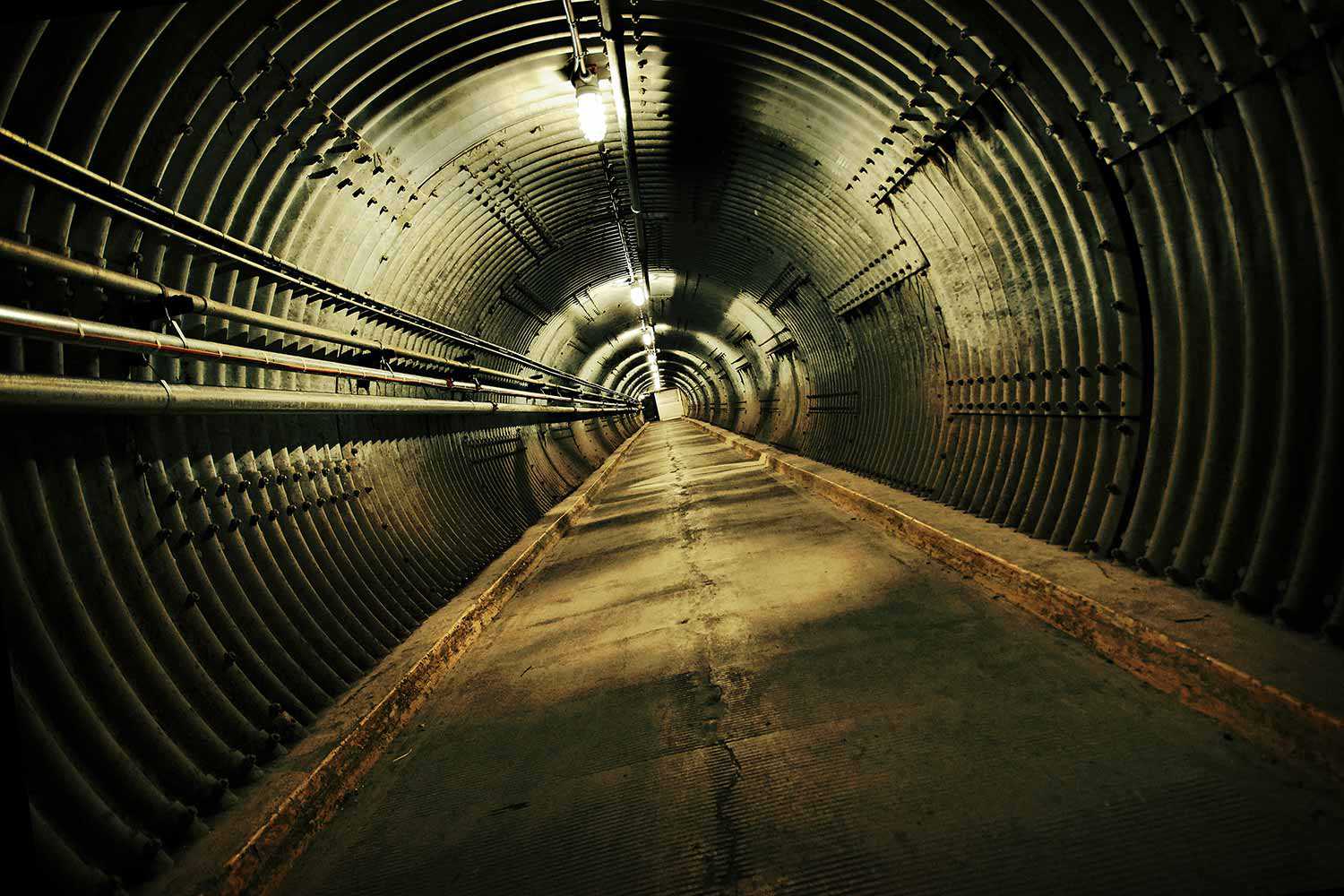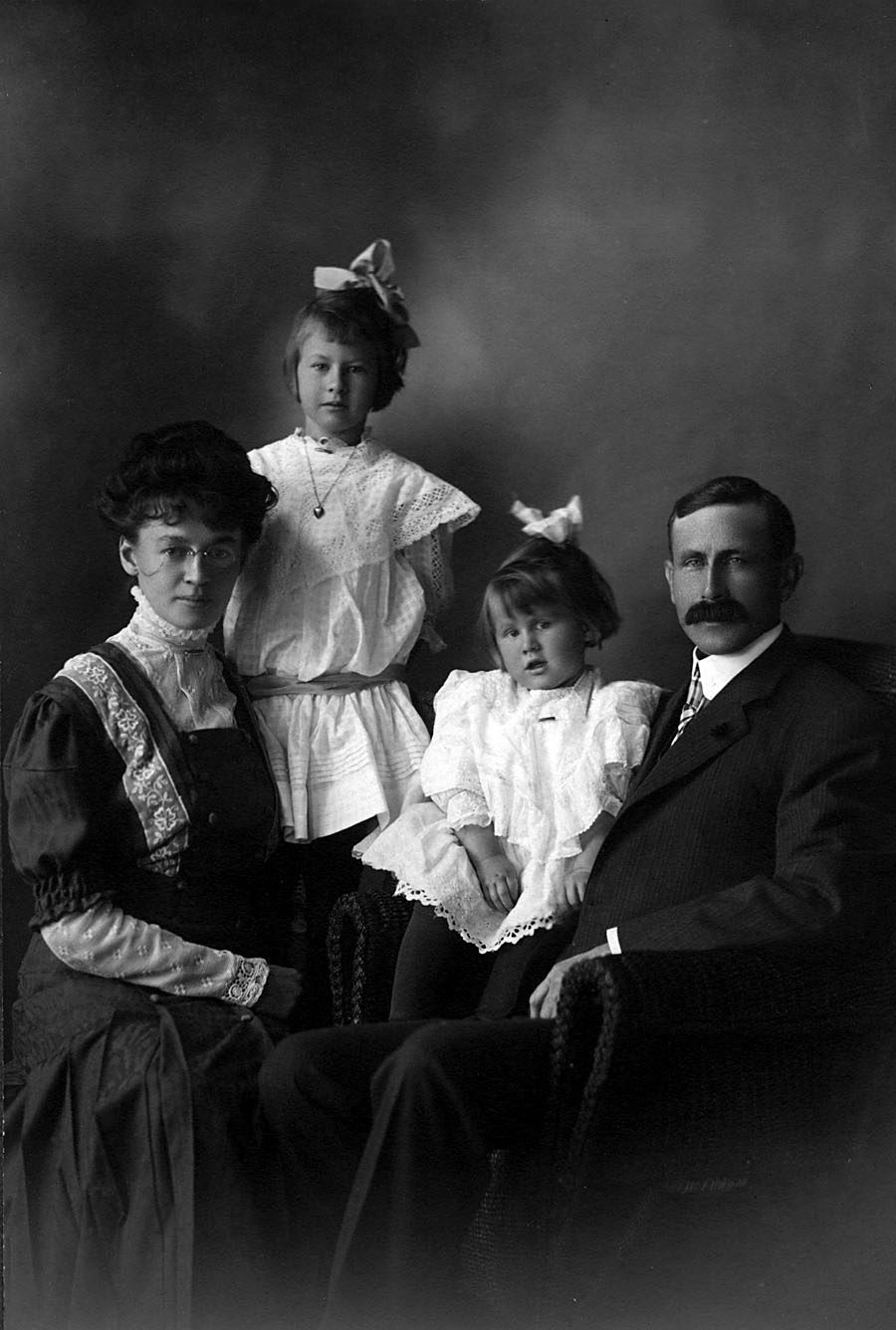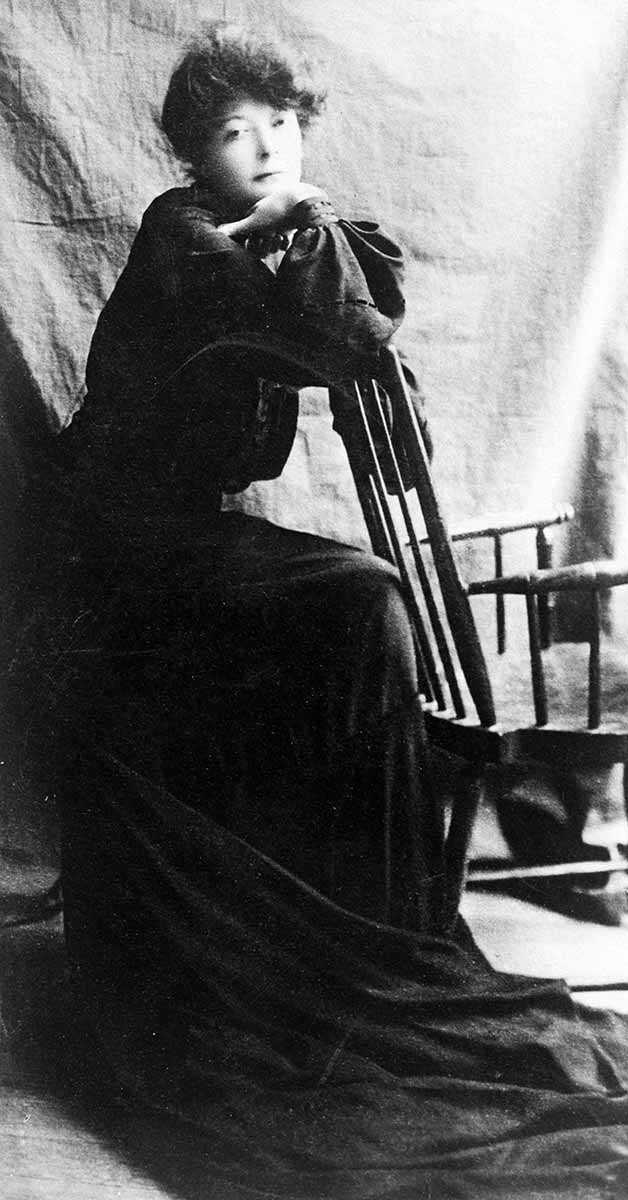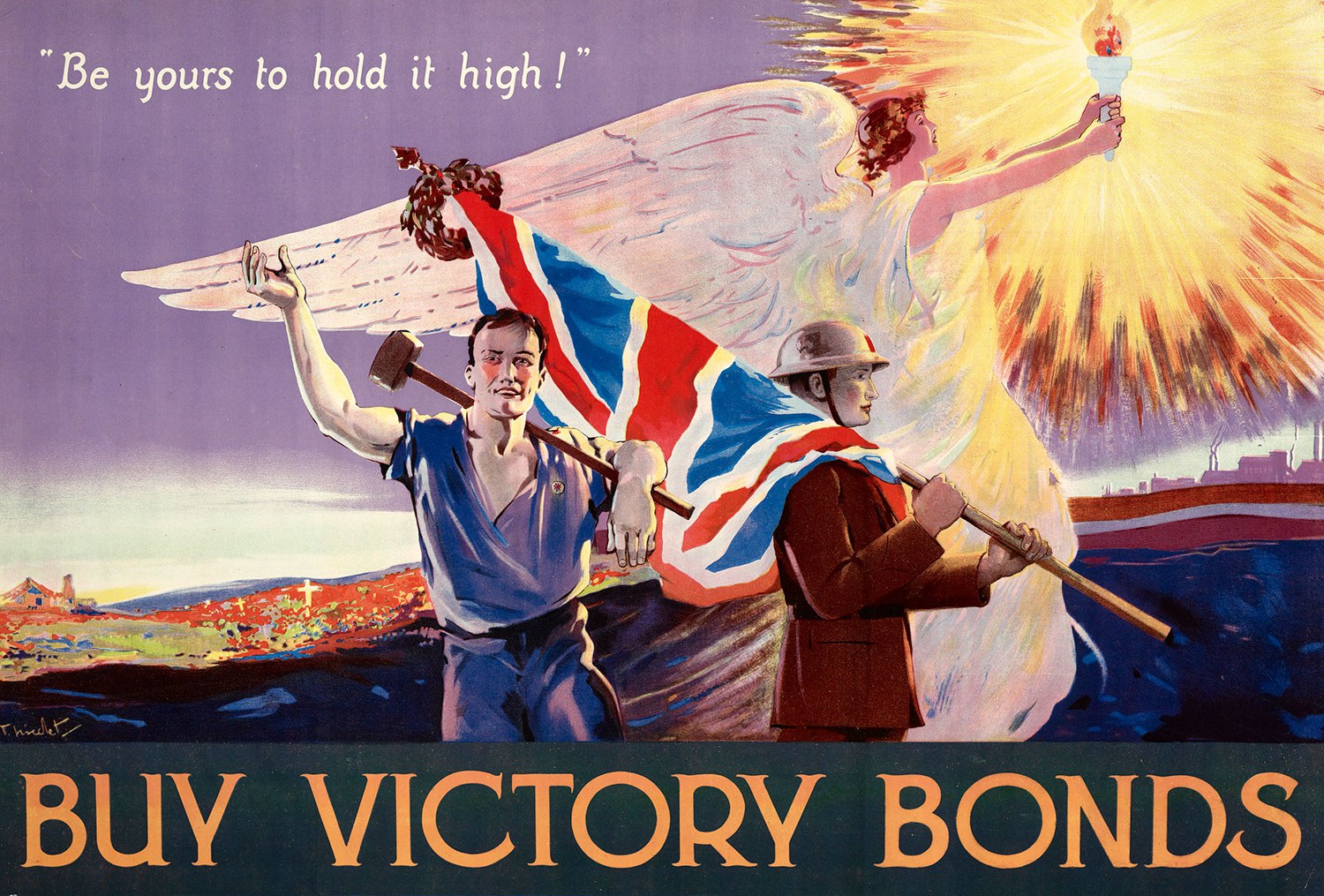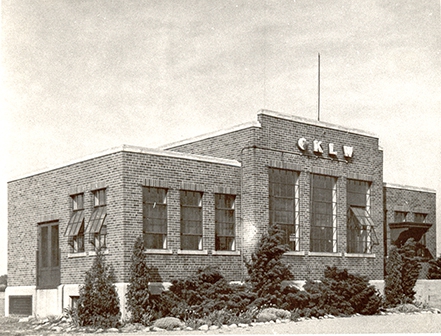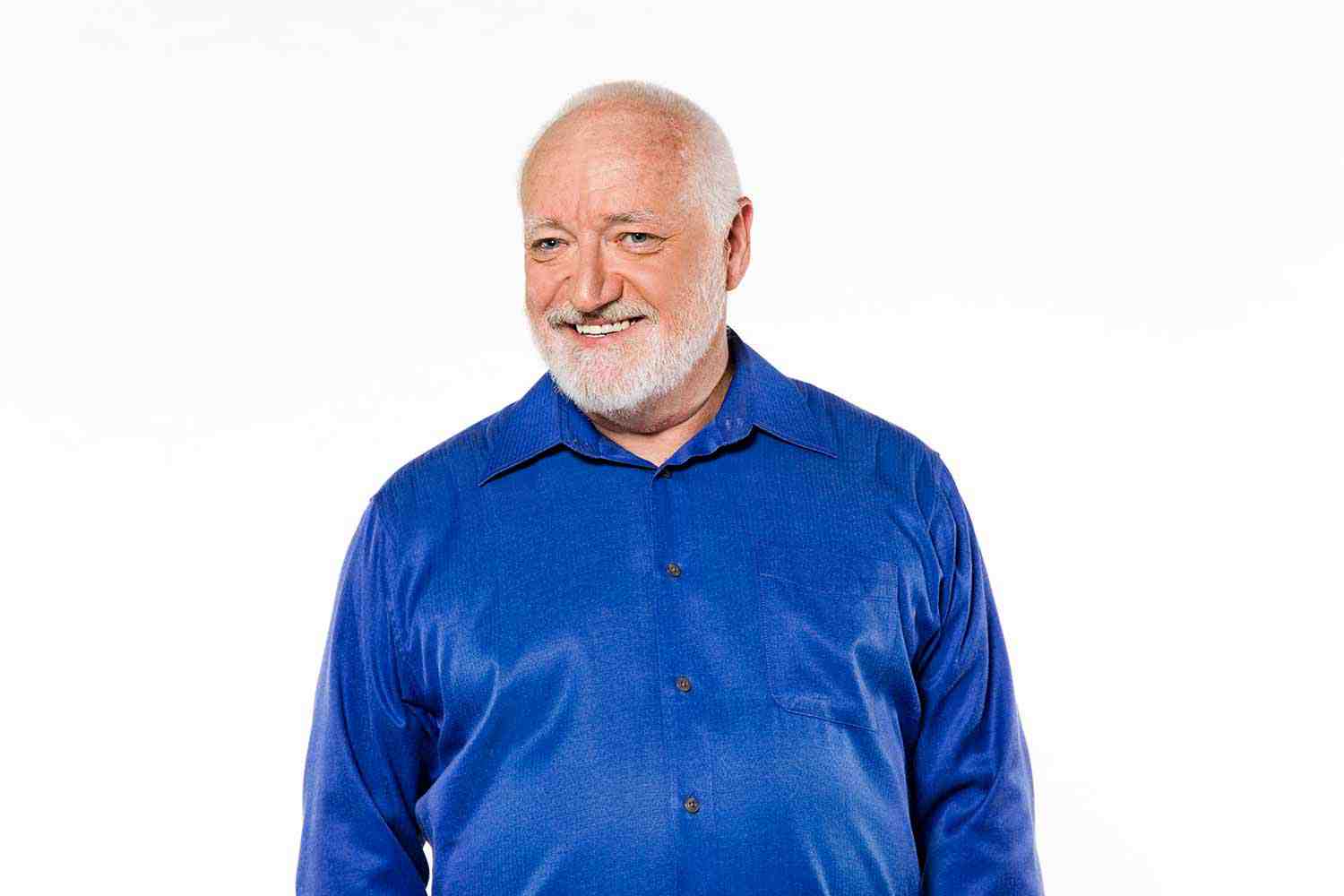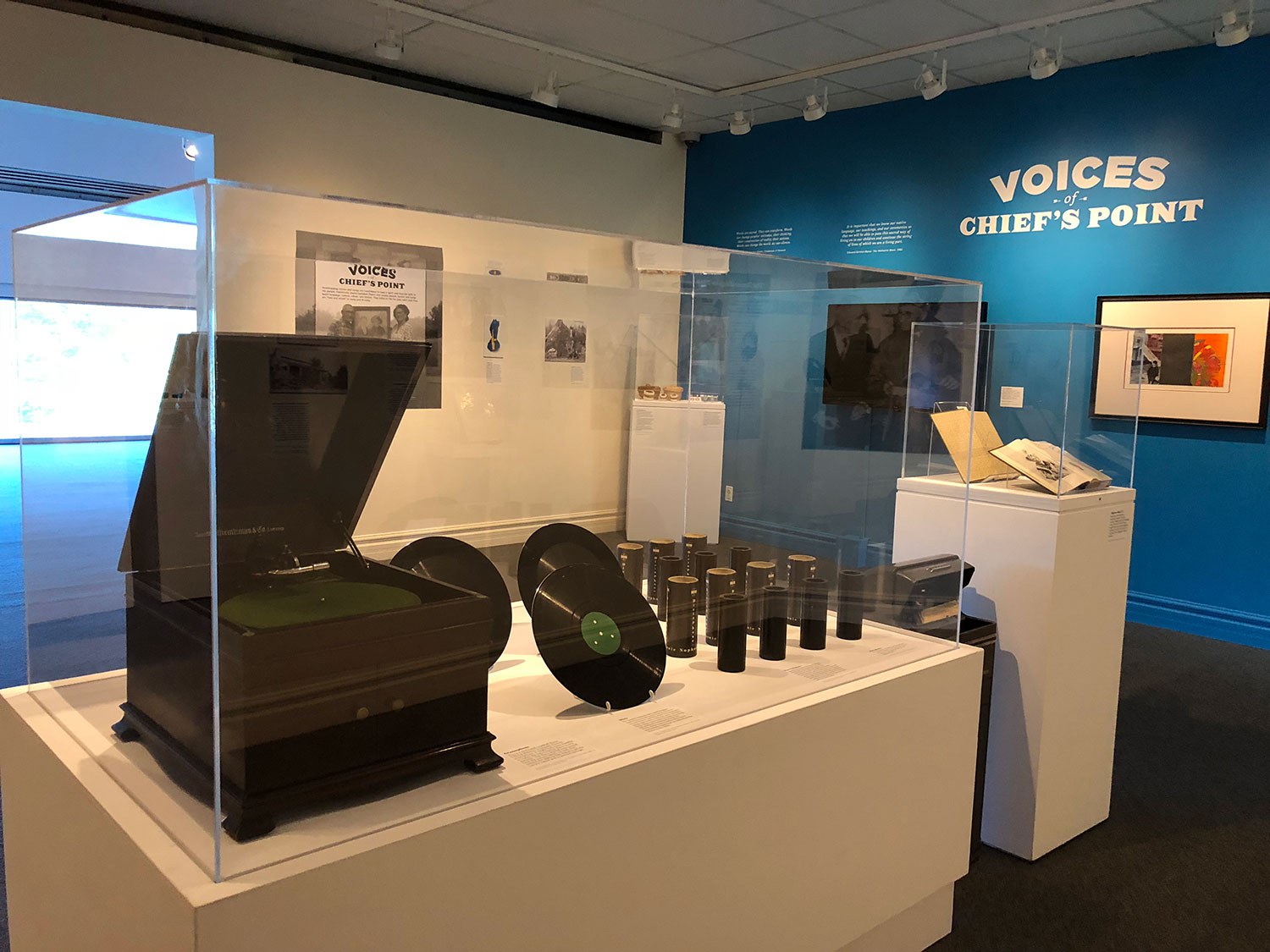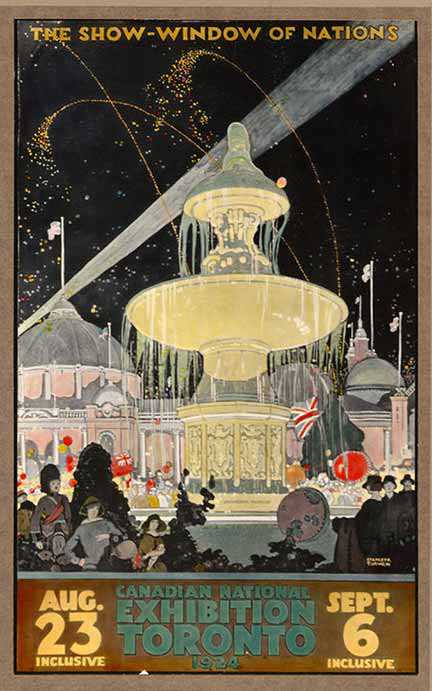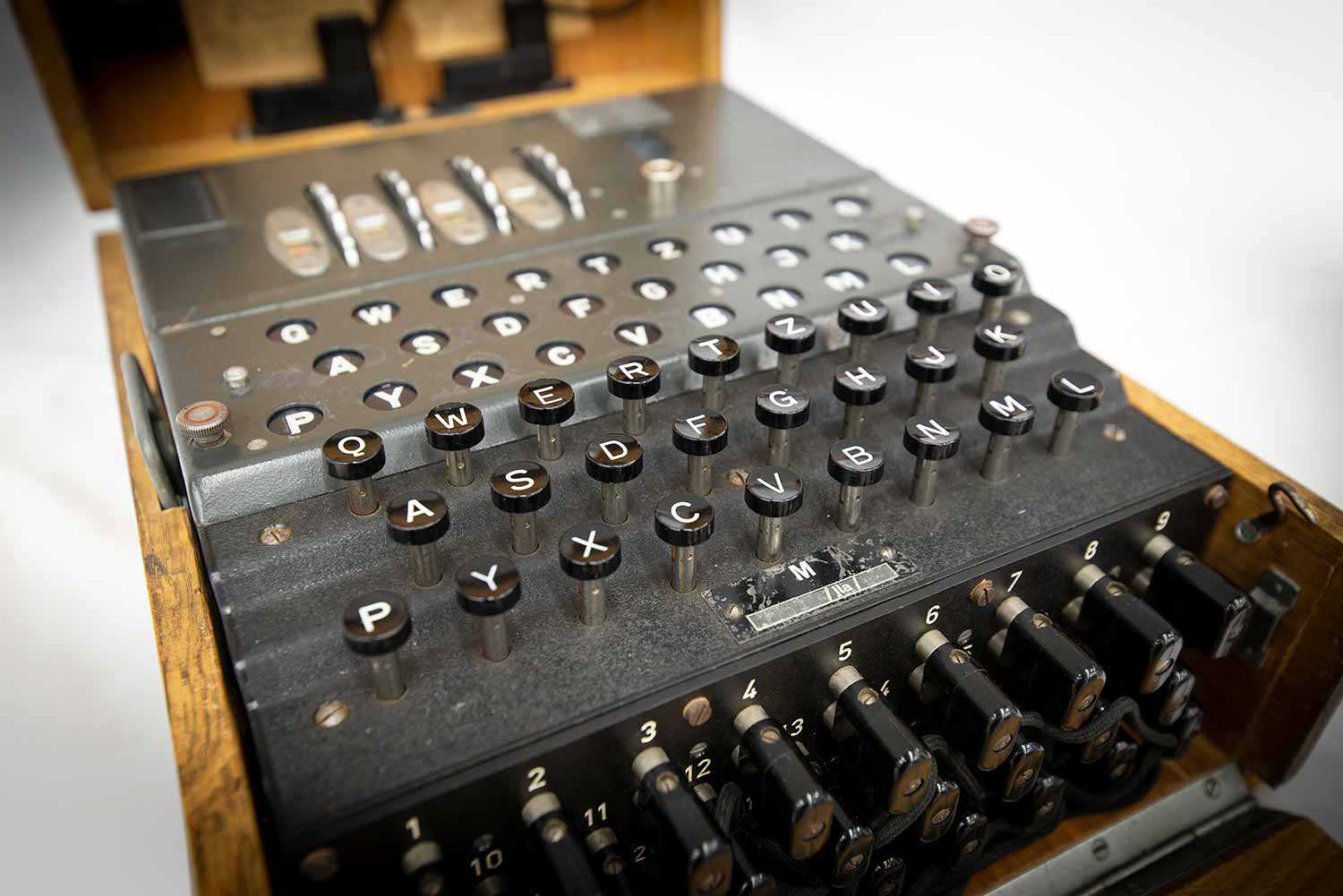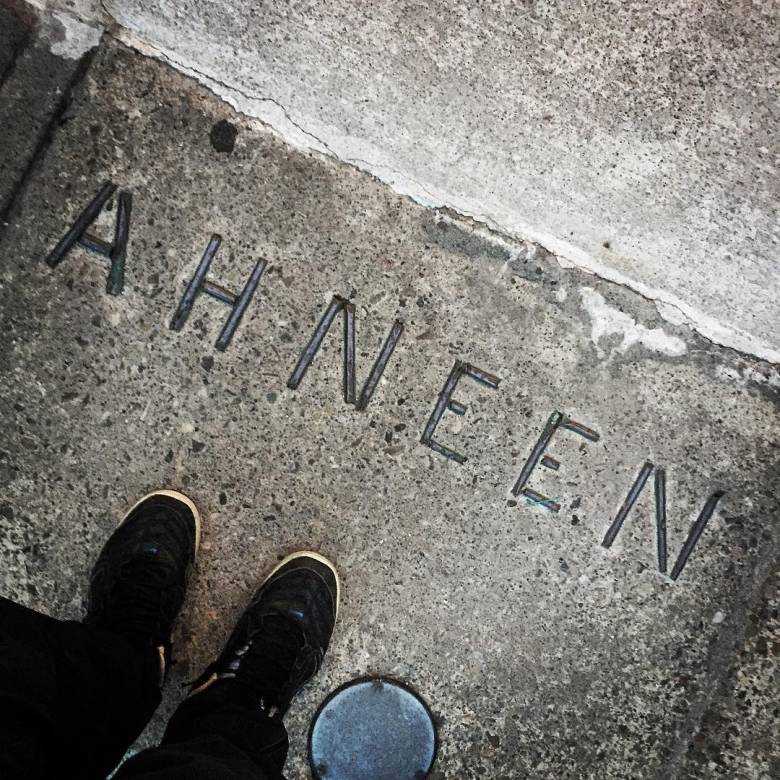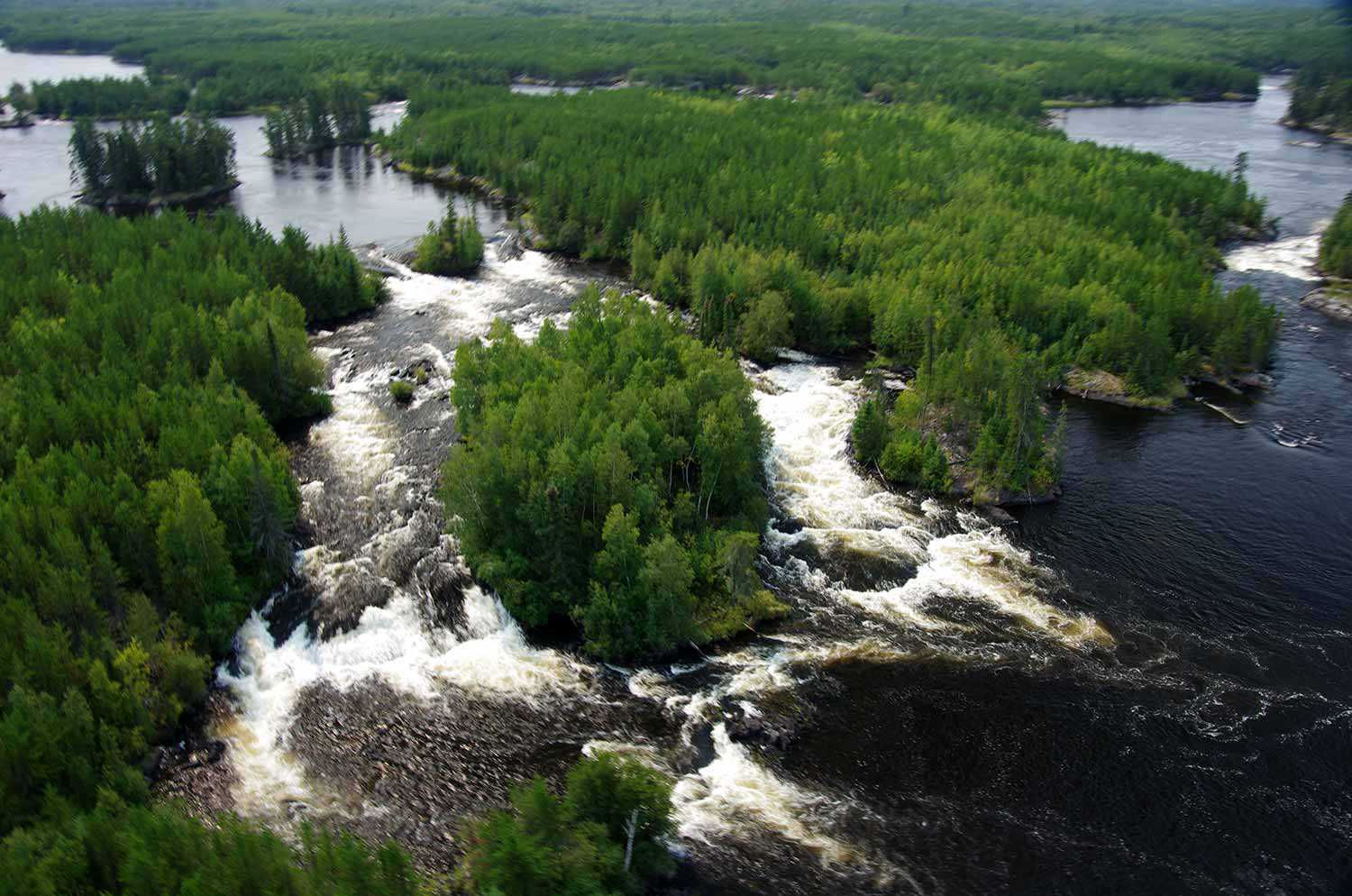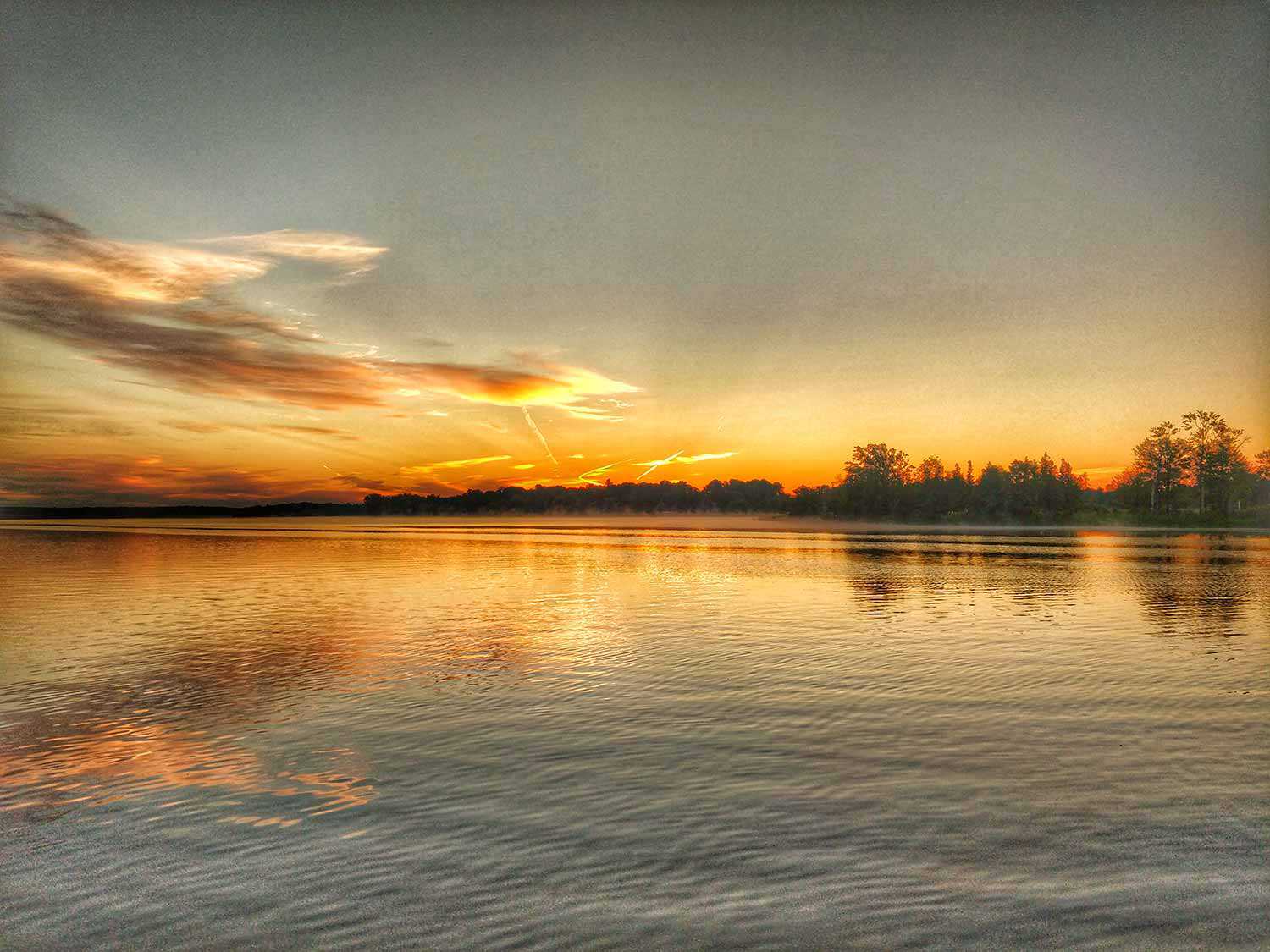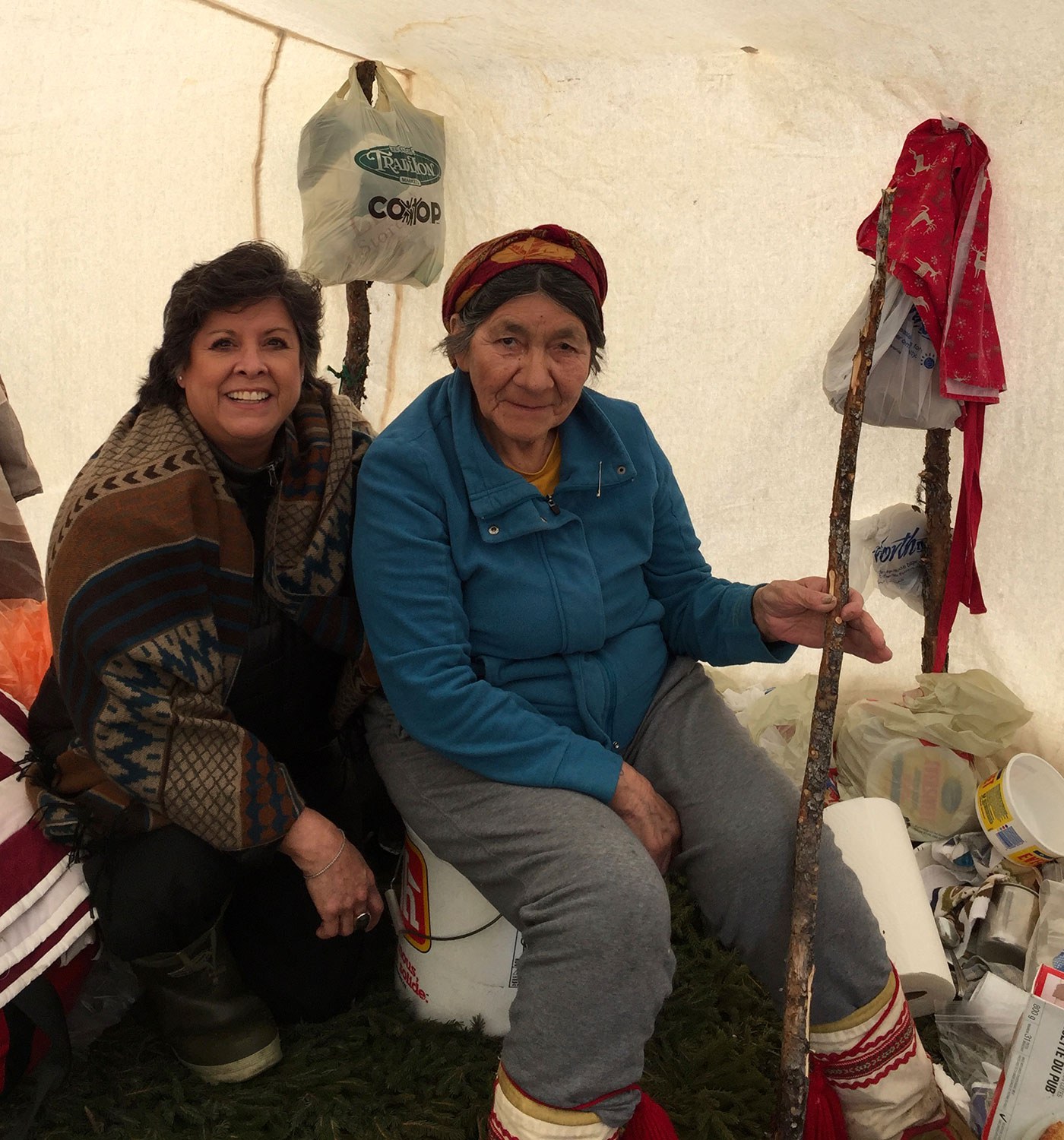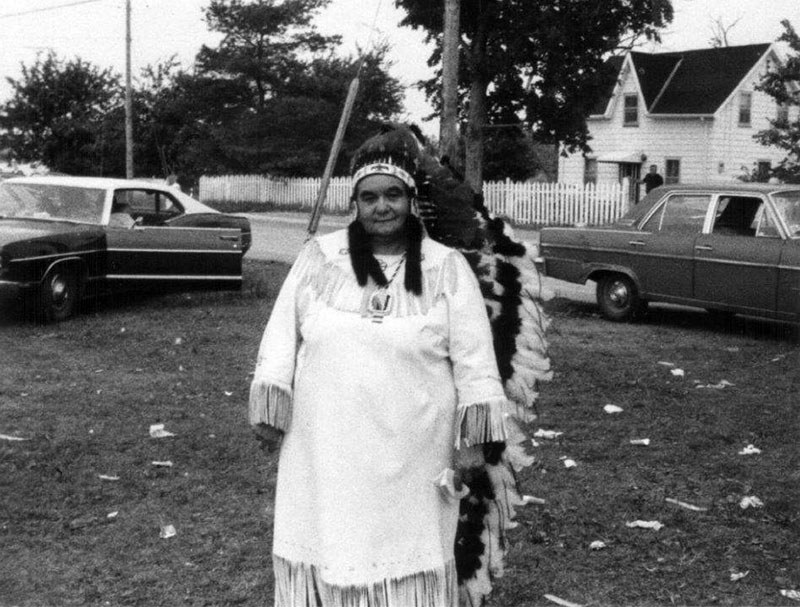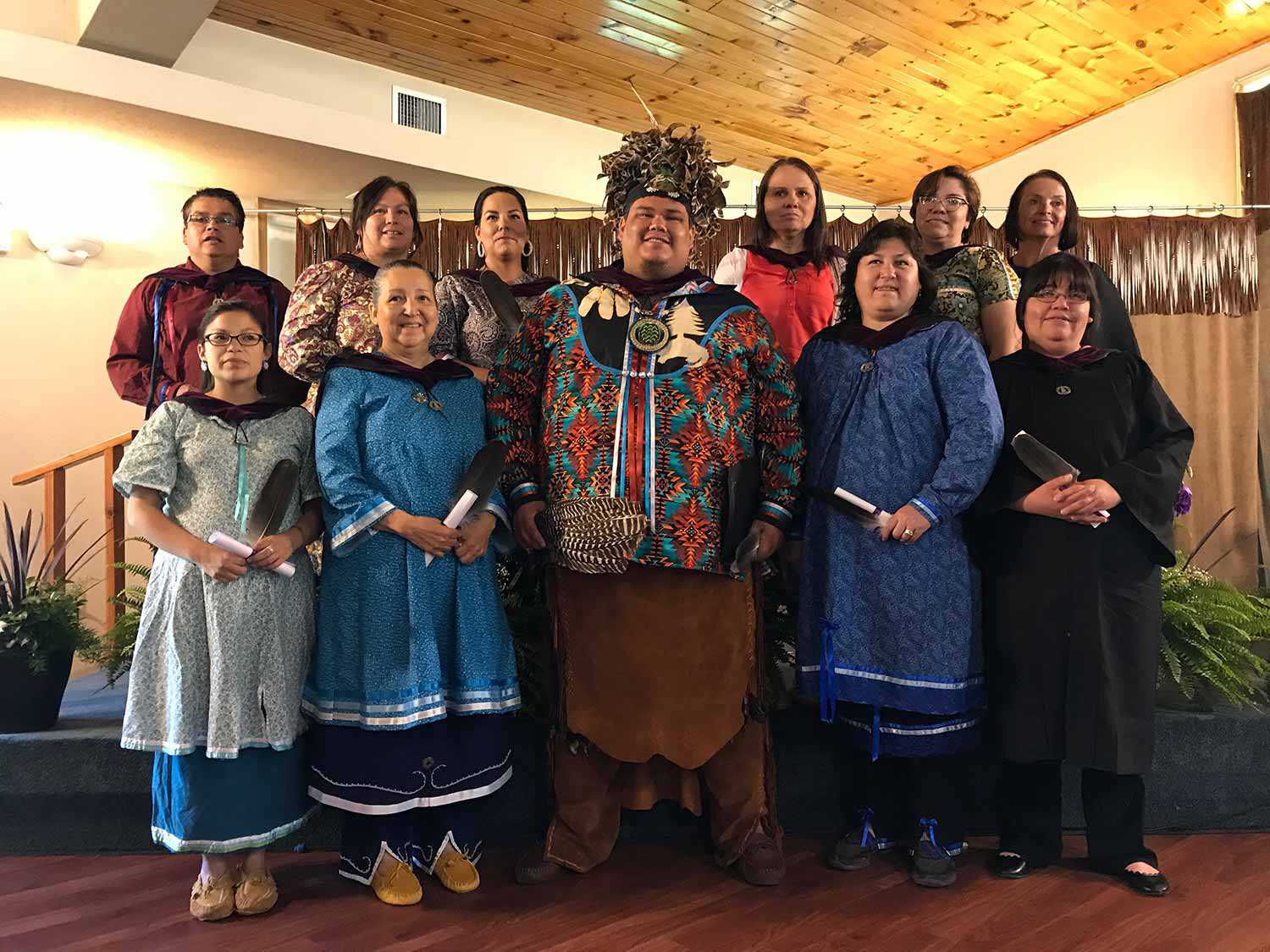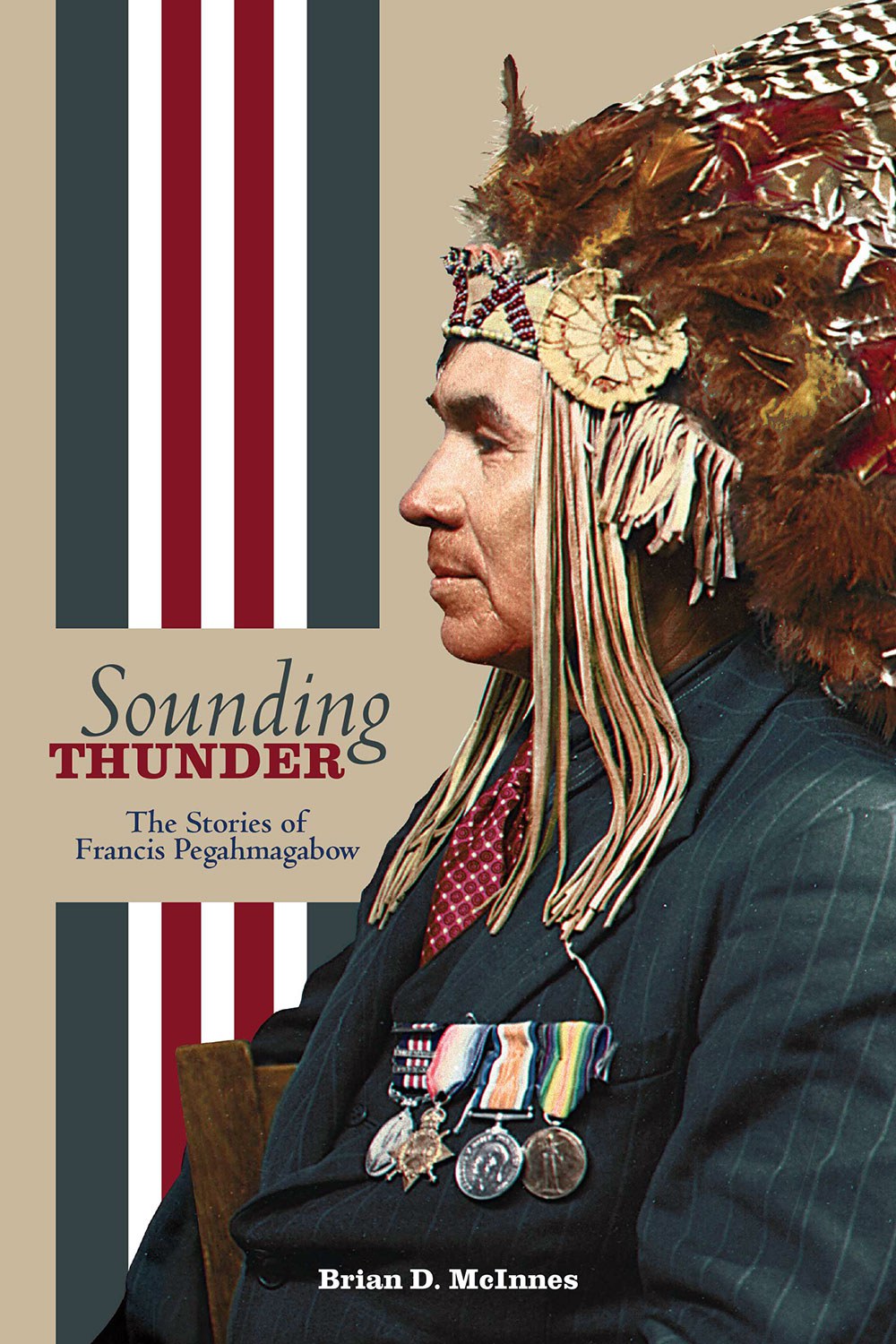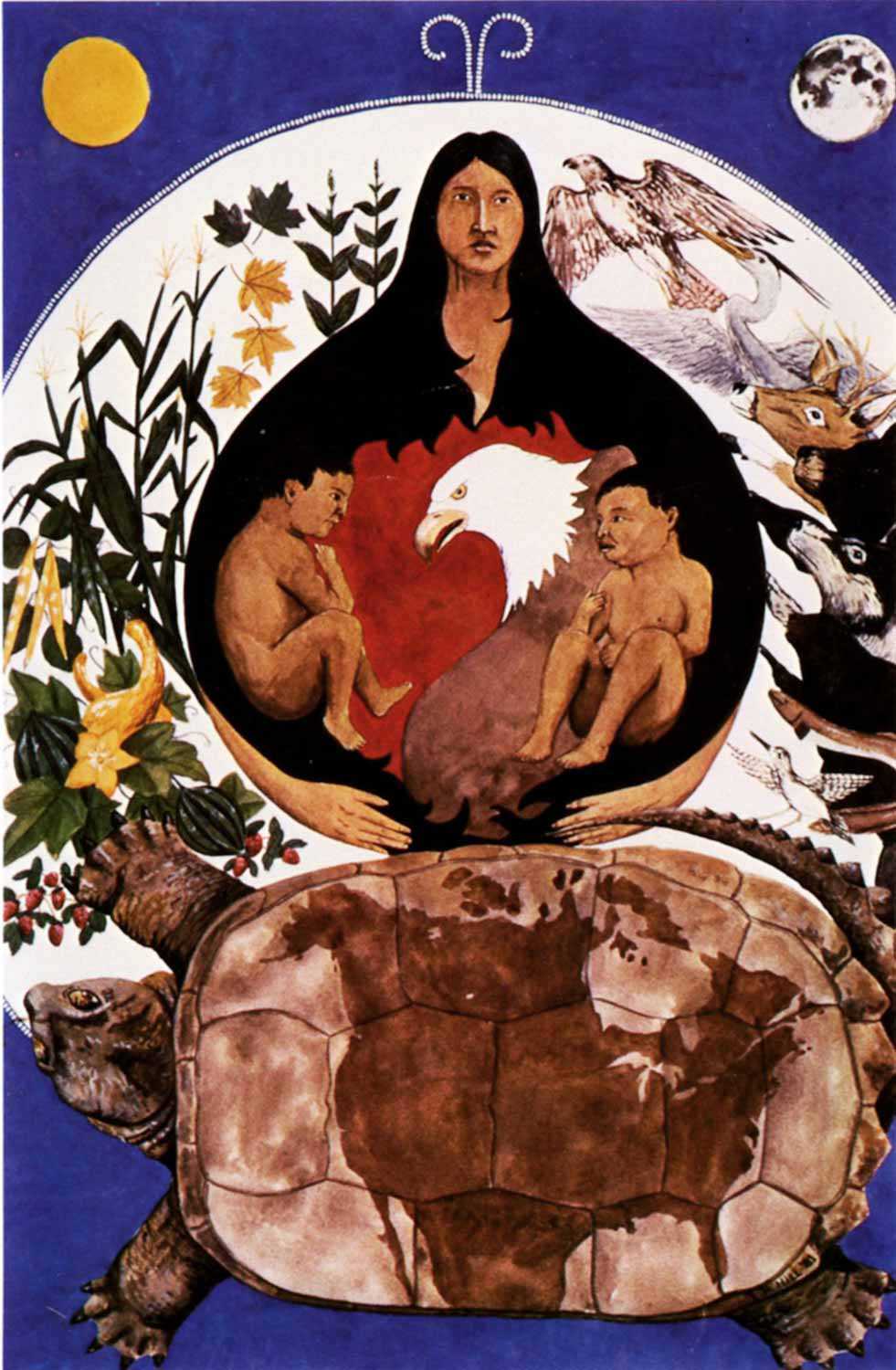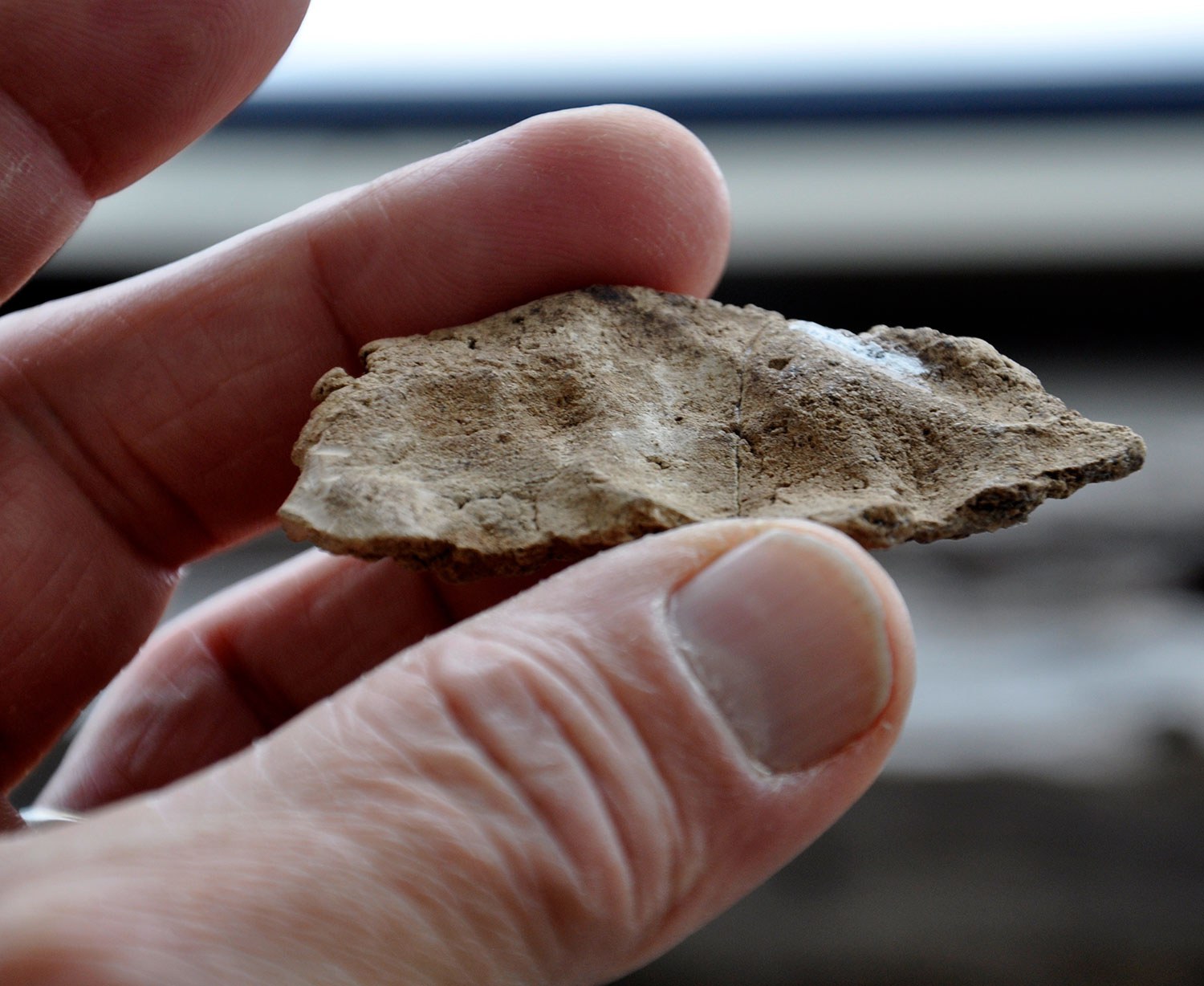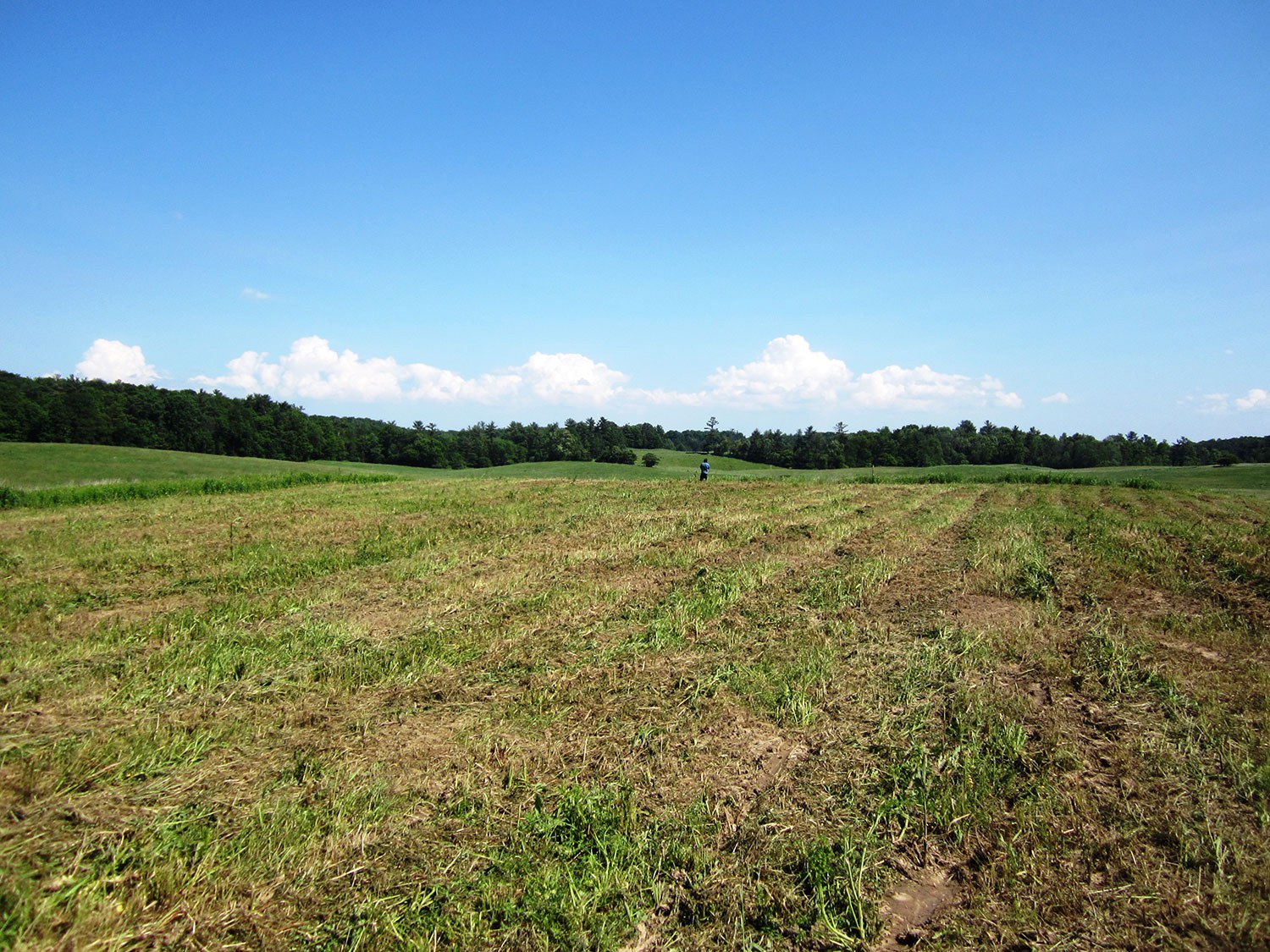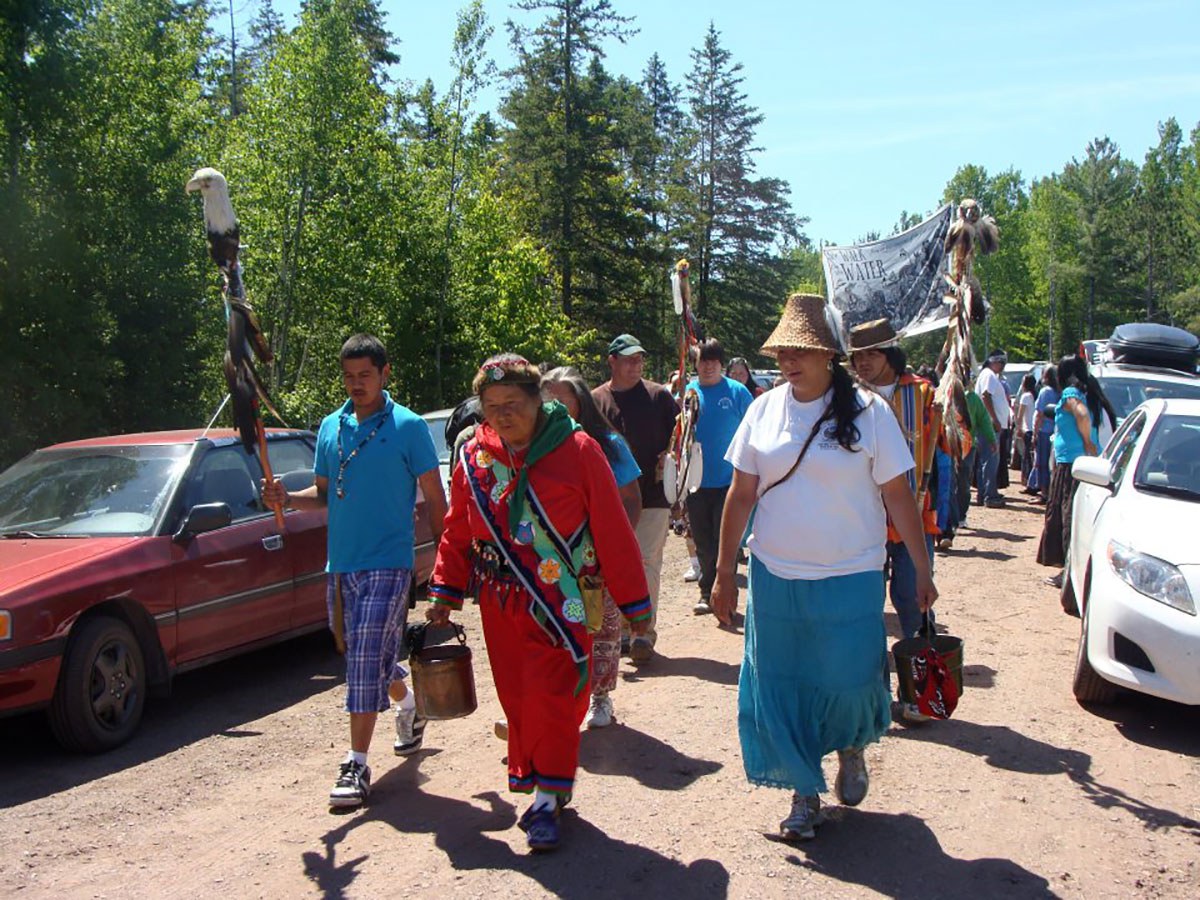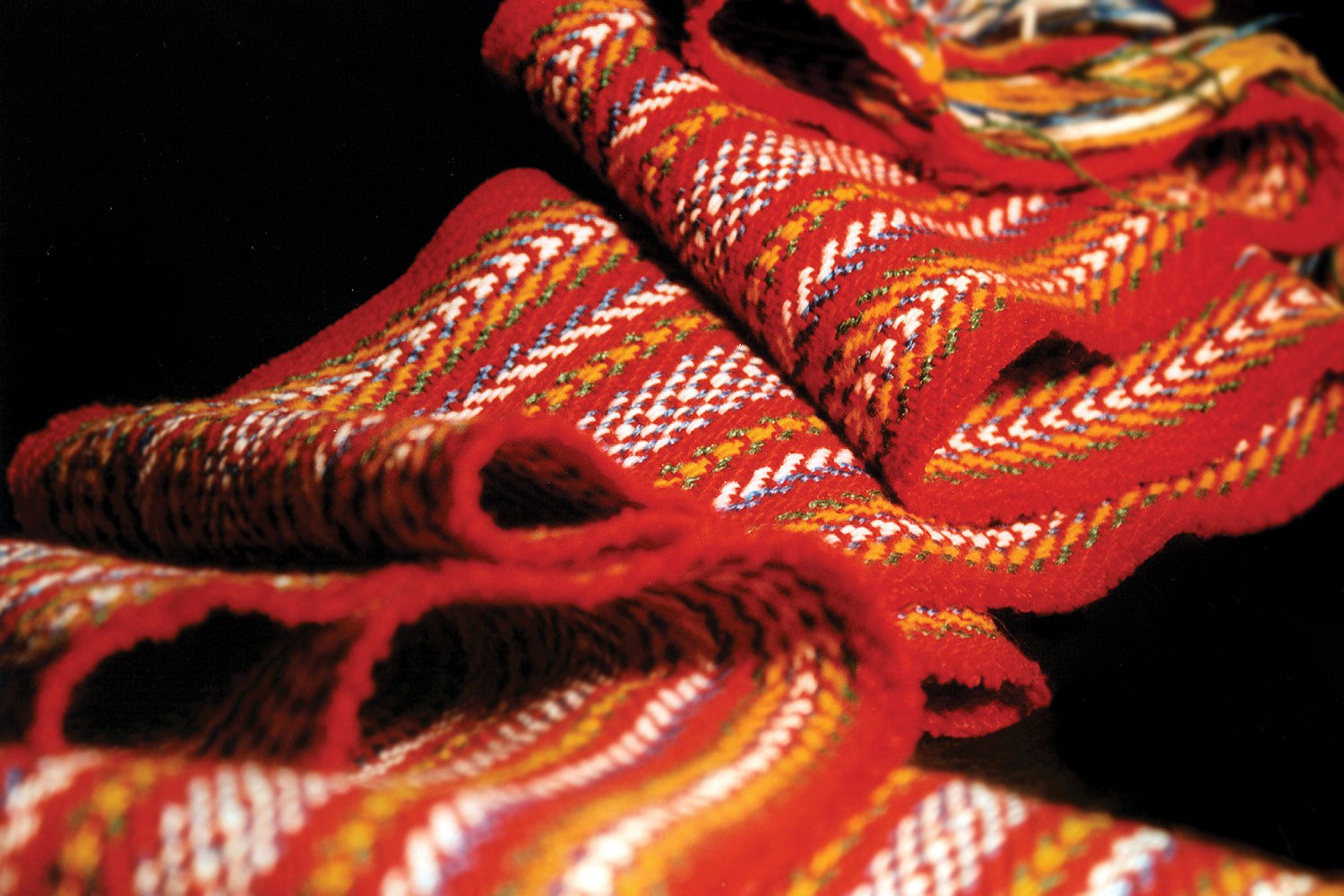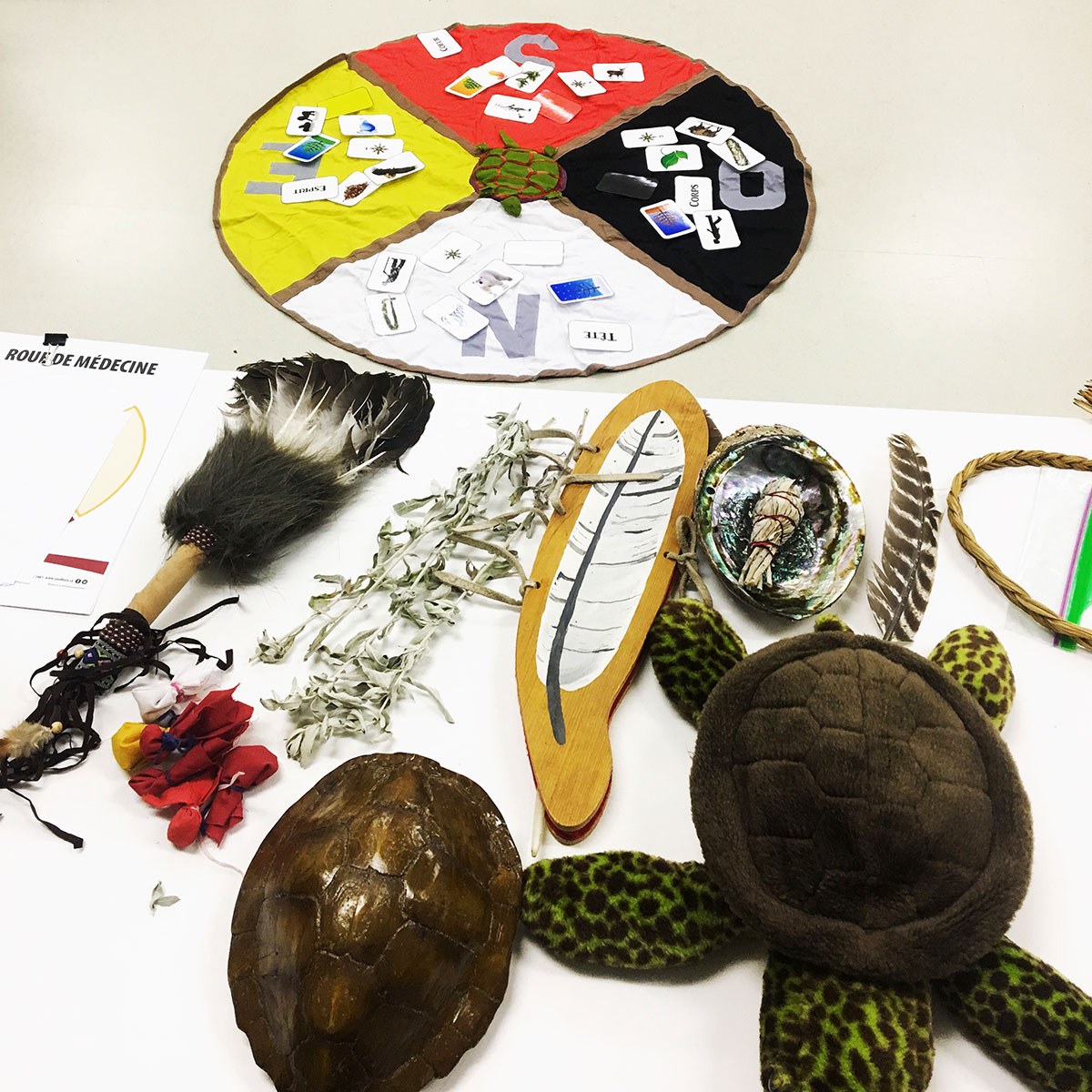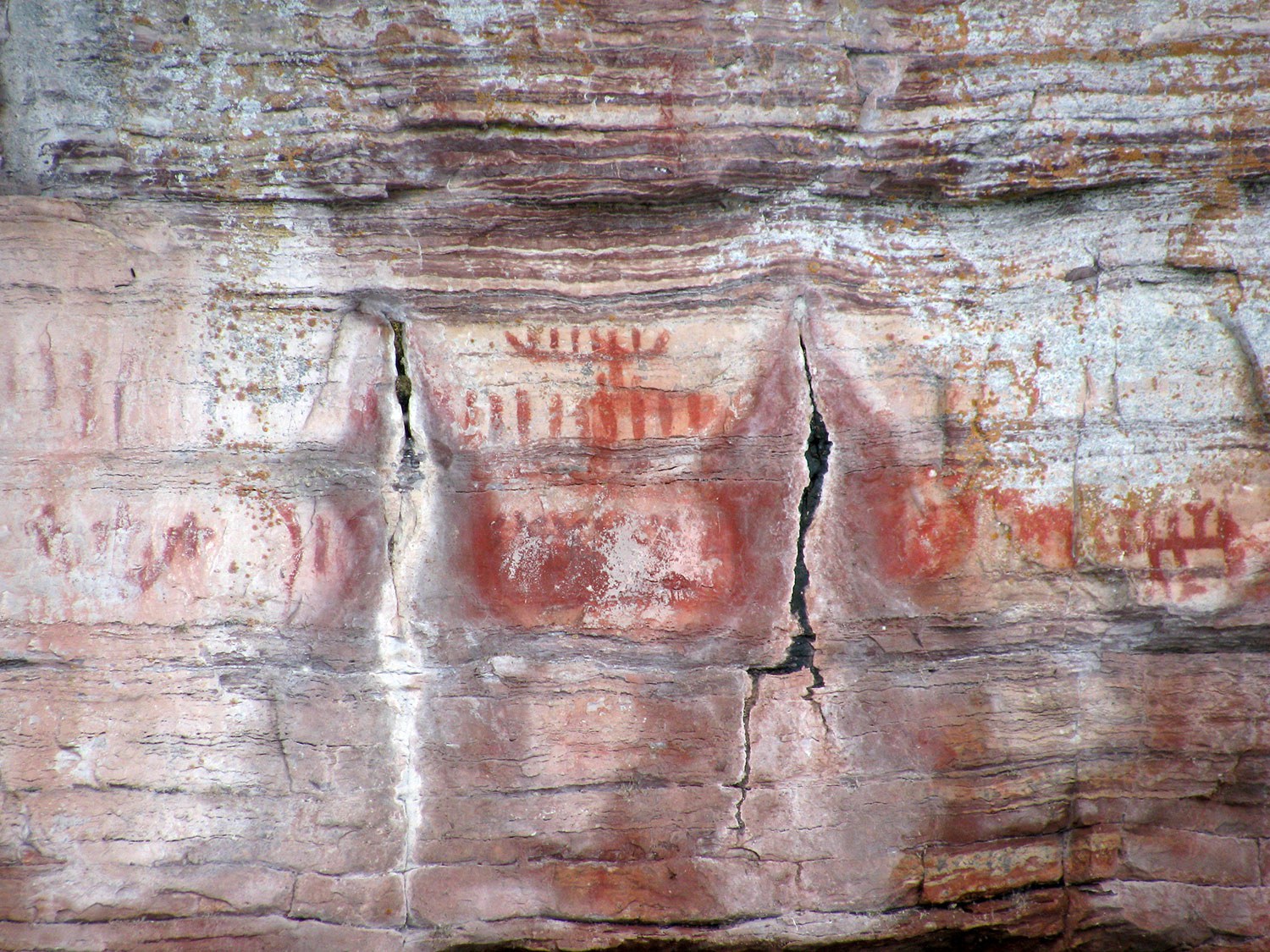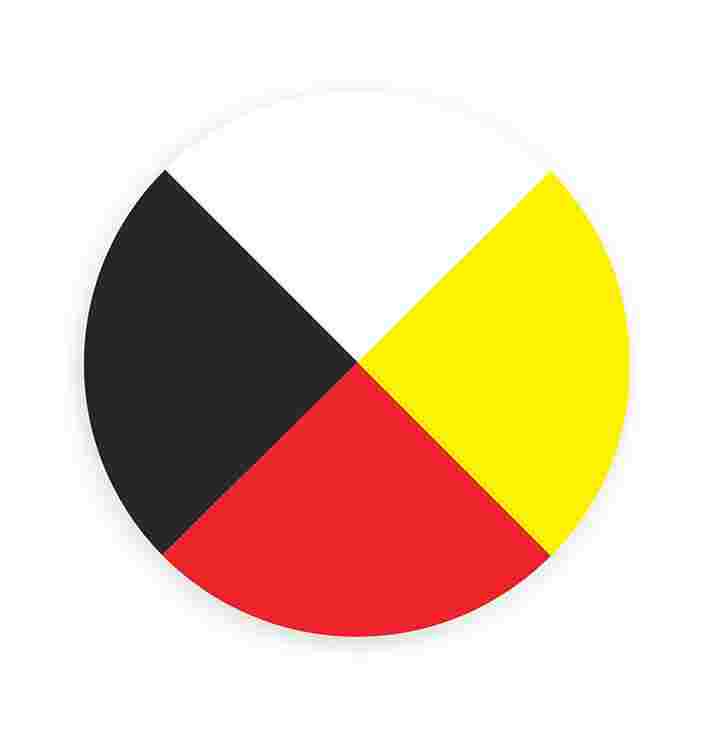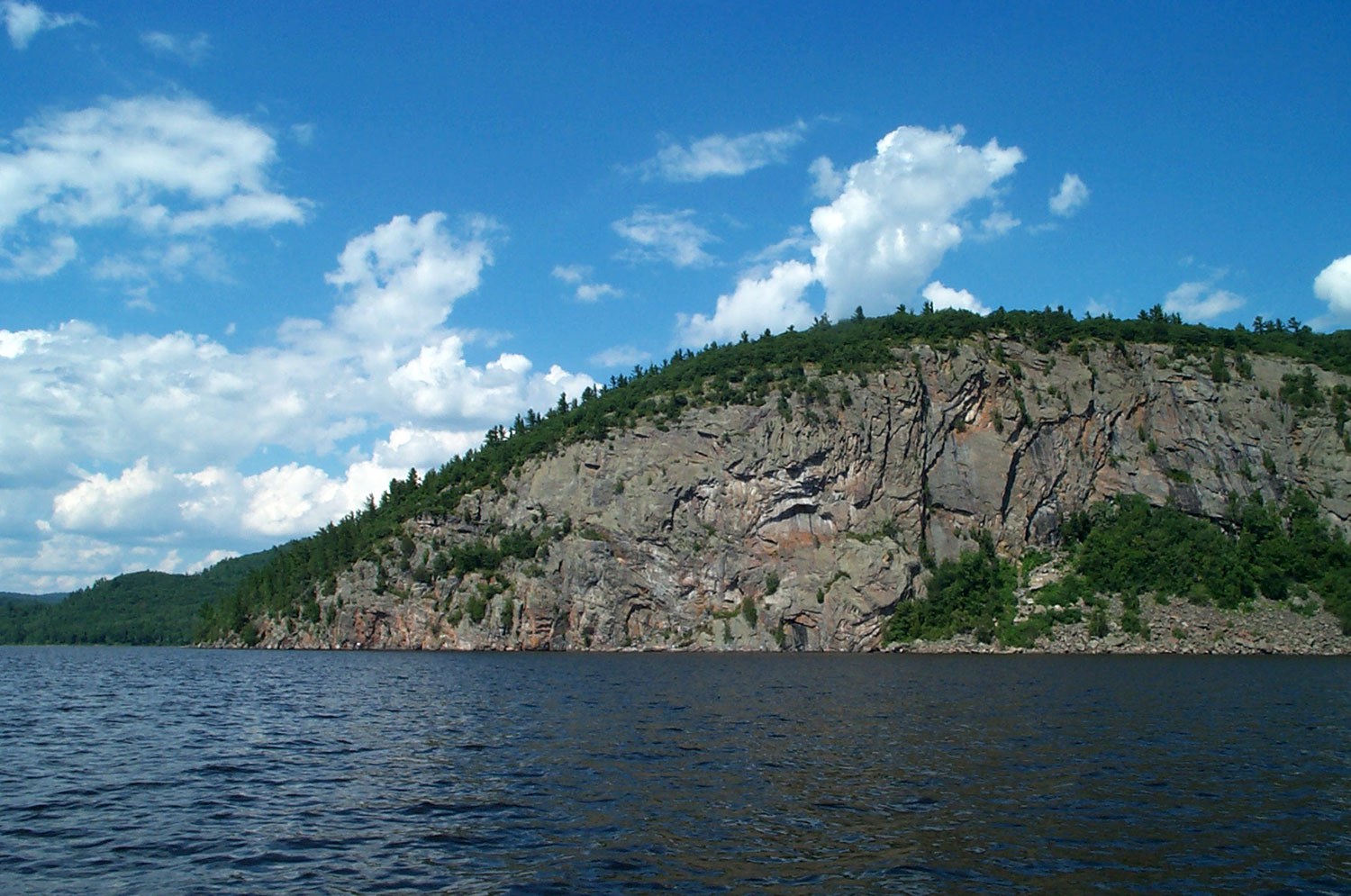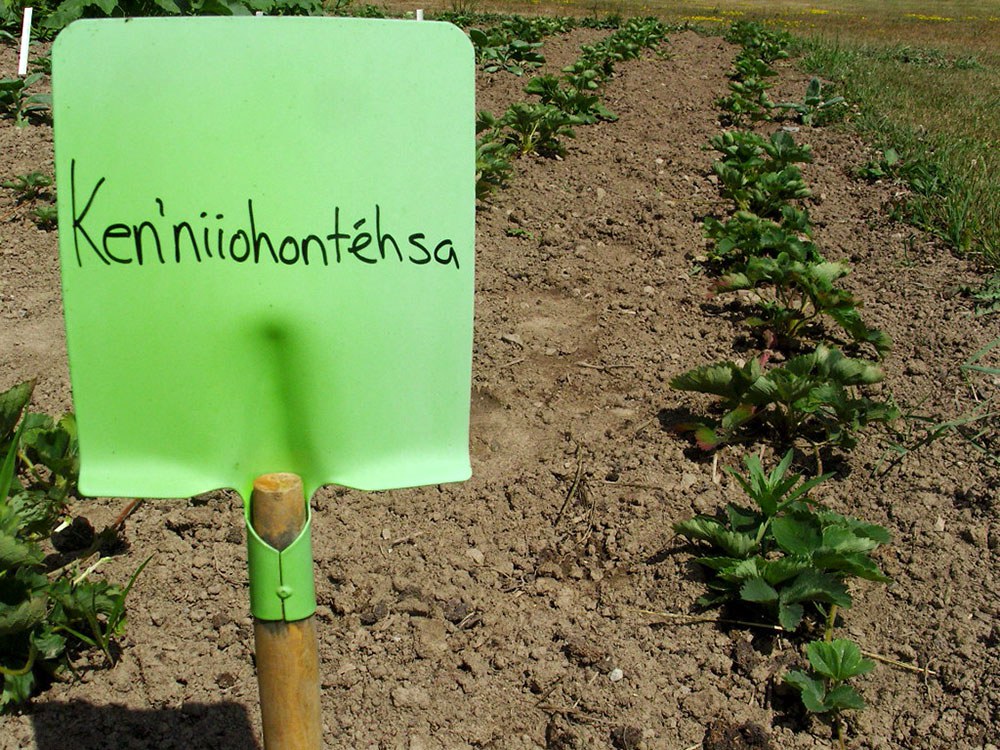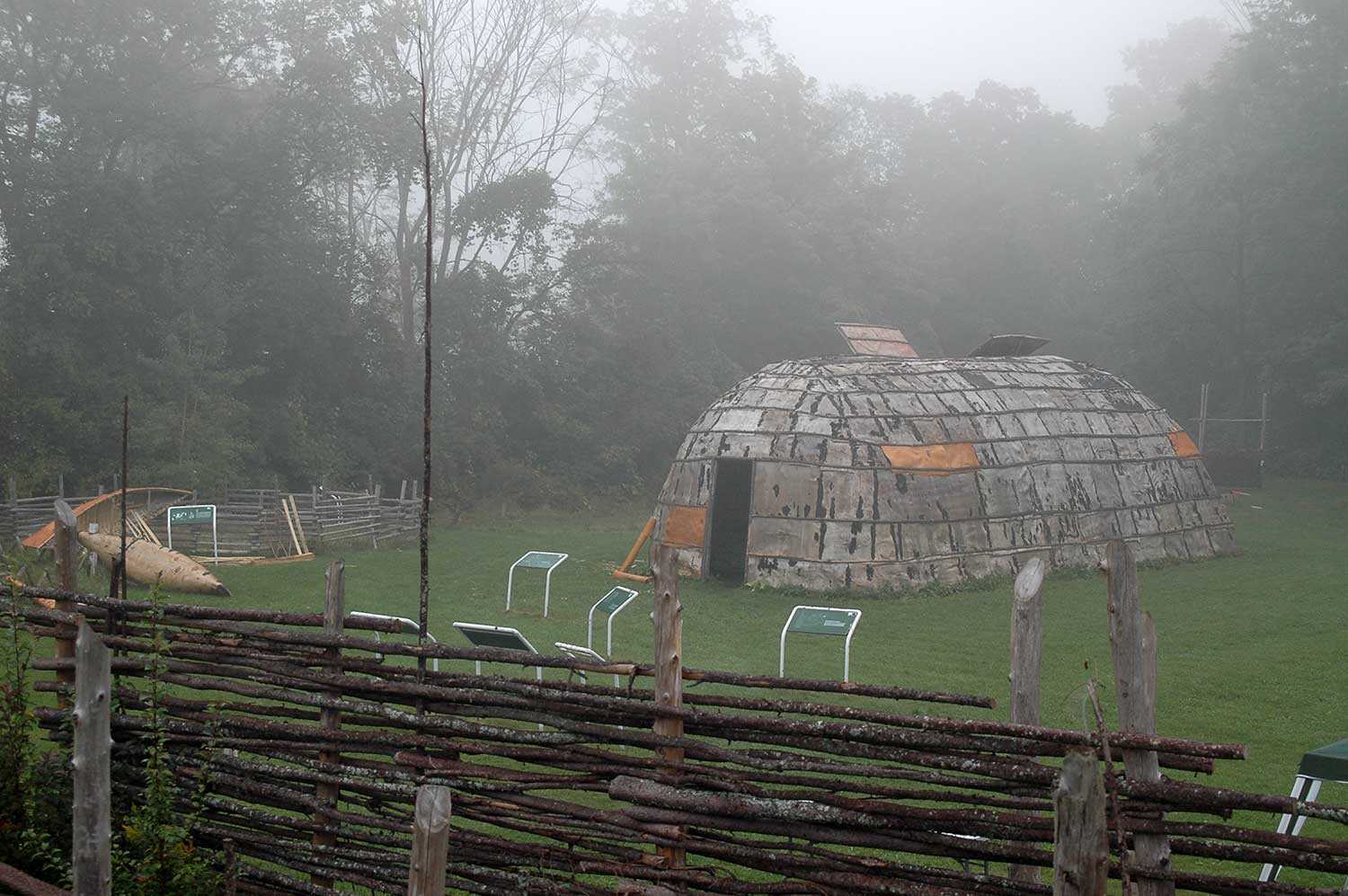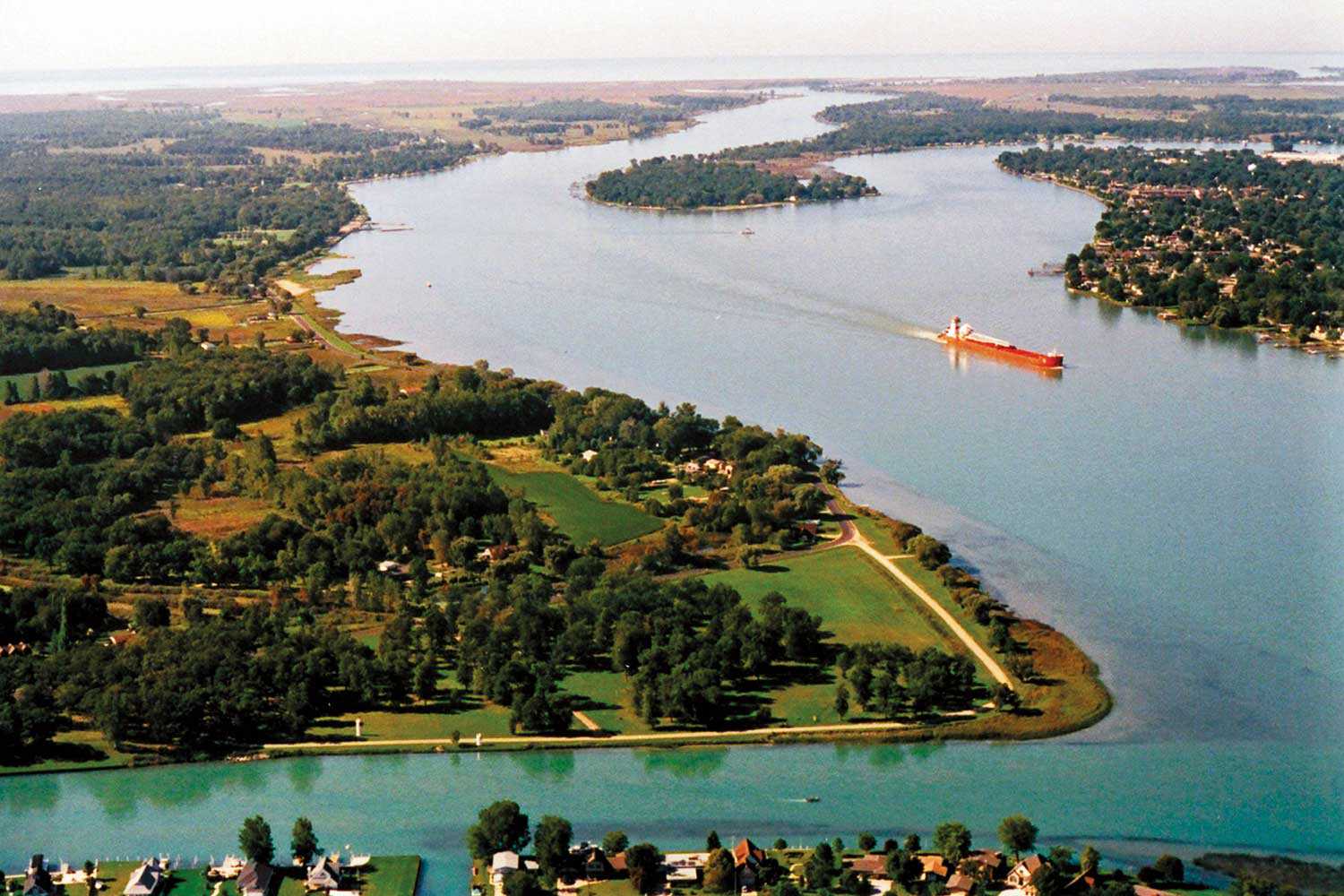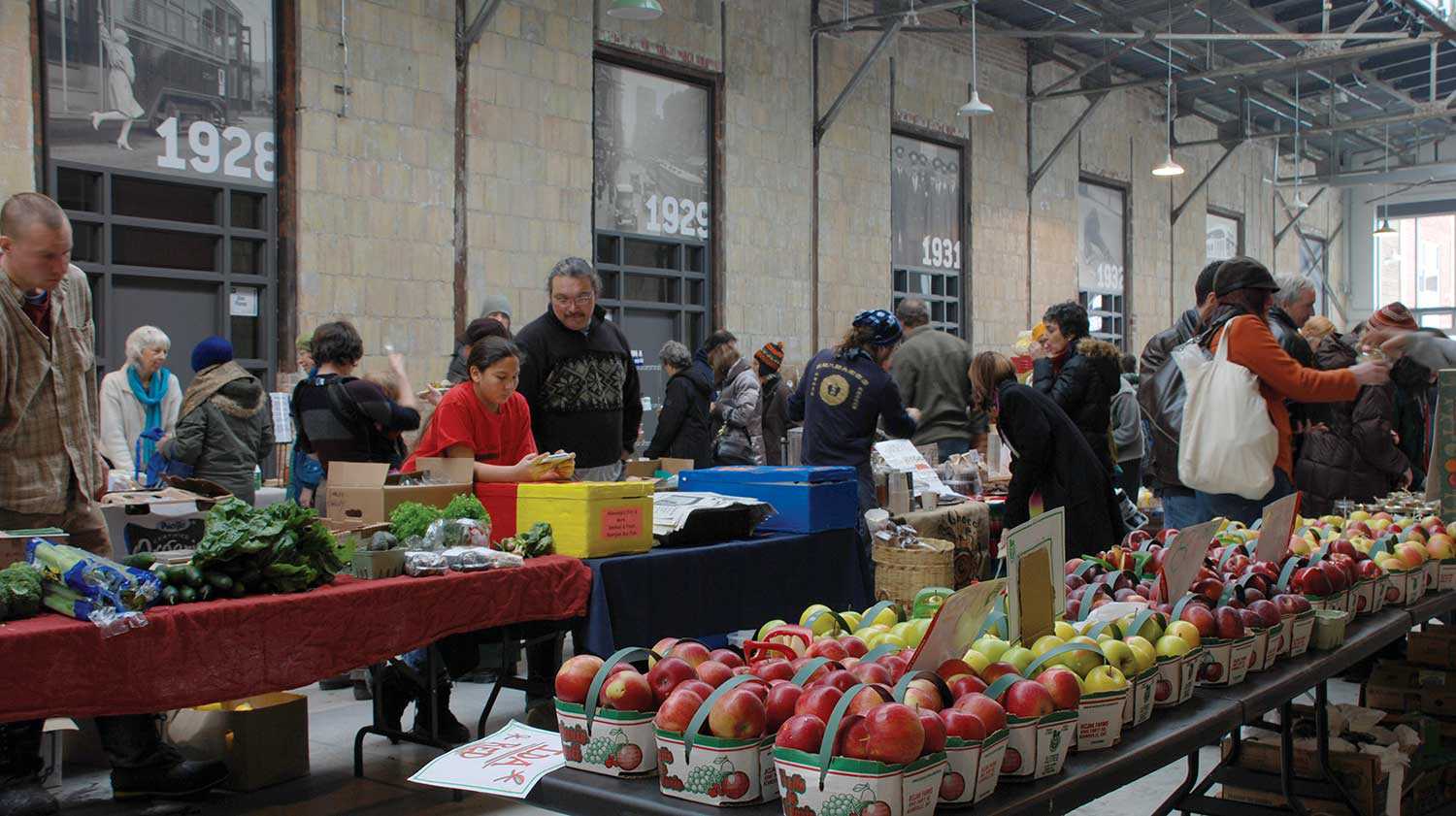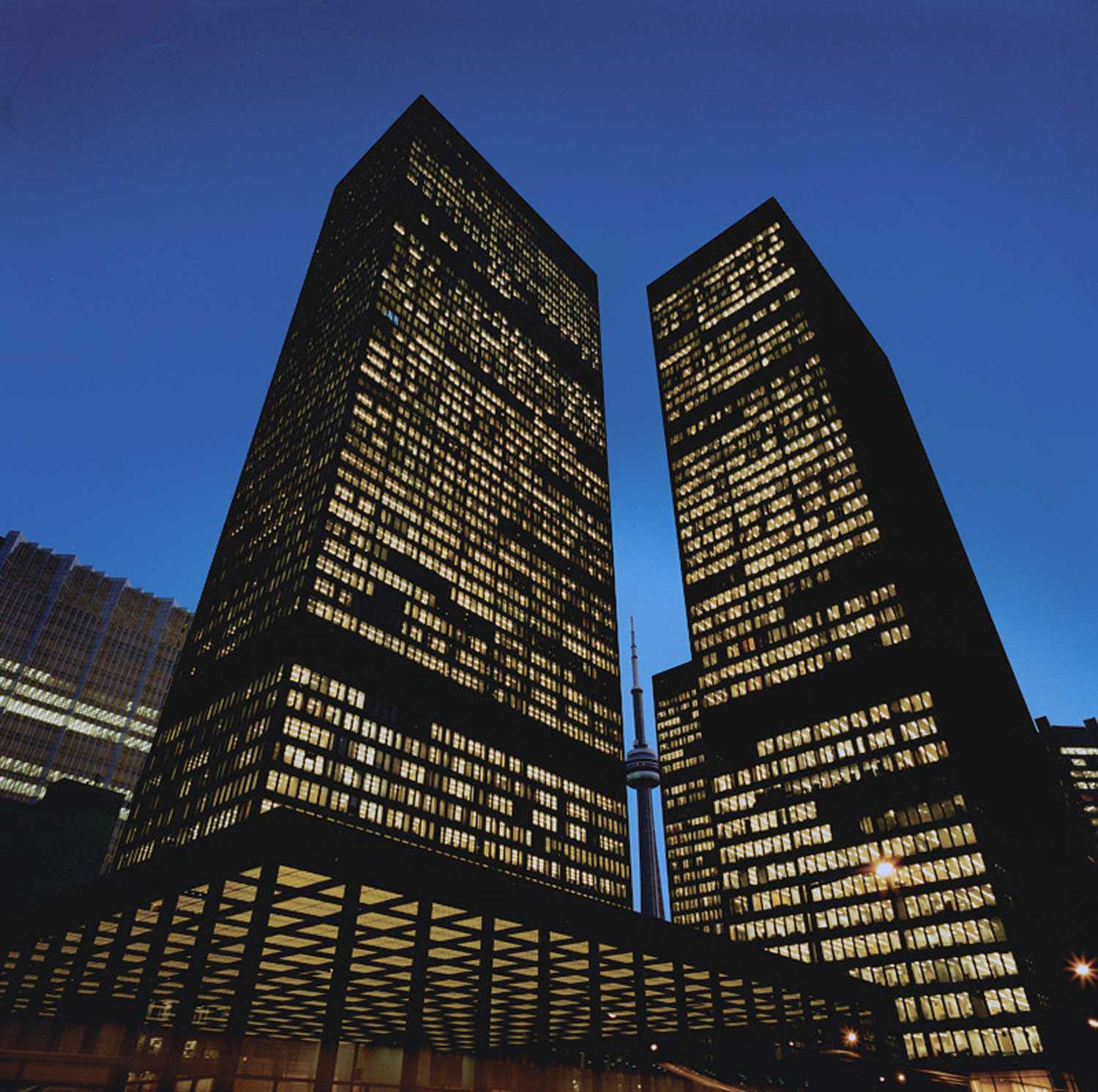

Browse by category
- Adaptive reuse
- Archaeology
- Arts and creativity
- Black heritage
- Buildings and architecture
- Communication
- Community
- Cultural landscapes
- Cultural objects
- Design
- Economics of heritage
- Environment
- Expanding the narrative
- Food
- Francophone heritage
- Indigenous heritage
- Intangible heritage
- Medical heritage
- Military heritage
- MyOntario
- Natural heritage
- Sport heritage
- Tools for conservation
- Women's heritage
Kinomaage Waapkong – The Teaching Rocks
Indigenous heritage, Communication
Published Date: Mar 20, 2019
Photo: Visitor Centre at Petroglyphs Provincial Park. Photo: Ontario Parks
When one makes the journey to Kinomaage Waapkong – known in English as Petroglyph Provincial Park – one is struck by the incredible beauty of the drive into the park. The drive out of the park is equally as beautiful. It becomes apparent that you are on sacred ground. The glyph site will attest to that.
Kinomaage Waapkong has always been of great importance to First Nations, long before the glyphs were “discovered.” We knew they were here. Our families would paddle here. The men would fold back the moss and detritus that protected the carvings. They would talk about the teachings. The women would copy the images into their craftworks. Our children would play quietly and respectfully, listening to the stories and the gentle voices of grandparents, aunties, uncles, mothers, fathers. The site would then be covered back up, cleverly disguised as forest floor until the next time our Ancestors needed to remind us of who we are.
Having over 1,000 carved glyphs in one small area is incredible and awe inspiring. Many of the teachings that go along with the carved images have been lost to time, but many teachings have survived as well. These teachings have been passed down for countless generations, allowing the opportunity for students to incorporate these teachings into their own lives.
Many Nations have visited this site. Many Nations have their own teachings and interpretations concerning the carvings. All are valid and hold great significance.
Part of the teachings tell us that it will be our youth who lead us back to our traditions. This becomes apparent when visiting Kinomaage Waapkong. Currently there are three interpretive staff, one park warden and two front-gate staff who all have First Nation heritage. These youth have taken the time to sit with many Elders and Knowledge Holders from many Nations and have learned their stories and interpretations.
These teachings have had a profound and life-changing effect on staff and visitors to the park. The stories and teachings that are associated with the carvings have been a part of our oral history for generations. The stories of travelling to the site under the guise of celebrating the King’s or Queen’s birthday speak of a time of intolerance for Indigenous Knowledge. The stories of the healing waters have become a part of familial history.
Some of the carvings speak of clan systems and the teachings that tell us our responsibilities to our clan and to each other. Some teachings are specific to women and refer to woman’s connection to the earth, to water and to the moon. These teachings tell us our roles and responsibilities to our families, our community and to ourselves. The carvings remind us of the sacredness of life. Still other teachings are for men. These teachings talk about the commitments and obligations to protect, to feed and house those in their communities. The teachings speak about the spirituality of man and of his place in creation.
The images remind us of our creation stories, stories of Weneboozhoo, our Elder brother, and his travels. The carvings teach us about ceremony and the transfer of knowledge. The stone carries the voices of our Ancestors. The water that once flowed under the rock was said to be the voices of our teachers and healers.
In Anishinaabe culture, we call rocks our grandfather, M’Shoomisnaan. This is because those rocks have been witness to the passage of time and all that has occurred in that time. Those histories are held within the rock and tell of our relationship with the land, water and the beings with whom we share space. The teachings held within the rock help us to build that strong foundation needed to live life in a good way. We call this Bimaadiziwin.
The knowledge held within the rock and the knowledge that has been drawn out of the rock in the form of petroglyphs is precious. Our Ancestors felt that this knowledge was so important to us as spiritual beings that they felt compelled to carve it into stone. As with all things sacred, there was ceremony. The very fact that ceremony was done in this area causes this land, this place, to be held in the highest regard, honoured and respected by many generations, many Nations.
Ceremony continues to be an important piece of Kinomaage Waapkong. We fast here. We hold sweat lodge here. We come here to be comforted by our Ancestors. We offer our Semaa, our sacred tobacco, here.
We celebrate our history here. We feast here. We feast the rocks and their knowledge. We bring our drums and we sing to our M’Shoomisnaan. We sing to our Ancestors so that they will know us and know that our hearts are still strong. We pray and give voice to our thoughts, our worries and troubles, our joys. And we continue to pass these teachings on to the next generations through our stories and songs.

